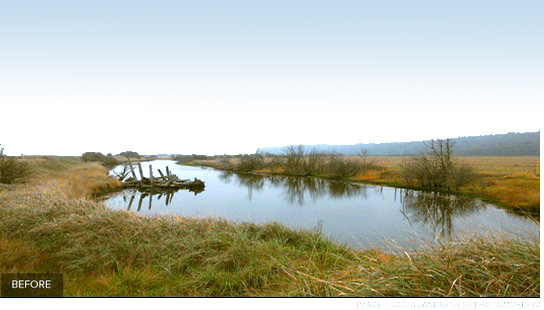Asher Kelman
OPF Owner/Editor-in-Chief
I was looking at my latest emails and there's one from OnOne Software. They are a creative company making various plugins and filters for photography, once the image is digitized, including relighting and other creative effects.
I noticed this latest pair.

Original

Creative Filter Effect using OnOne software
There's no doubt that the filter renders a work that is novel, interesting and demands more attention to it's stylized form. It belongs now in an era or in a class of species that's rather different from the original. But is this just another version of acceptable adjustments or does it leave photography so far behind that we are now in a realm of graphics or creative art or even "art-for-the-masses, now lacking an author.
What troubles me is that the result is obviously attractive.. How do you see this?
Asher
I noticed this latest pair.

Original

Creative Filter Effect using OnOne software
There's no doubt that the filter renders a work that is novel, interesting and demands more attention to it's stylized form. It belongs now in an era or in a class of species that's rather different from the original. But is this just another version of acceptable adjustments or does it leave photography so far behind that we are now in a realm of graphics or creative art or even "art-for-the-masses, now lacking an author.
What troubles me is that the result is obviously attractive.. How do you see this?
Asher

